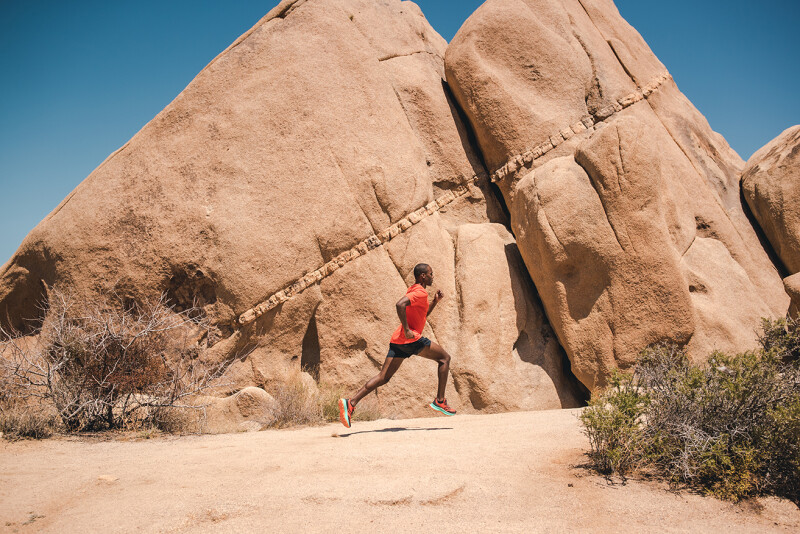It has been well-documented that U.S. consumers have been investing in outdoor products and experiences to navigate a more socially distanced lifestyle due to the pandemic. This behavior is not a flash in the pan.
When we compare retail sales performance during the first six months of 2021 to a more normal 2019, we see that consumers have extended their interest in investing in outdoor gear beyond a momentary escape from lockdown, to a potentially powerful “new normal” where the active consumer is moving outdoors.
The comparison to 2019 is an important caveat because, essentially, the first six months of 2020 were anything but normal. Stores were forced to operate in limited ways or were temporarily closed altogether during stretches of time between March and June 2020. By comparing today’s sales to 2019, the depression of sales due to lower store traffic is removed as a factor, and sales increases due to changes in consumer demand are revealed.
The Outdoor Desire
The heightened desire for outdoor activity is giving a boost to many outdoor-related categories, especially running, and the small yet growing segment of trail running is among the top beneficiaries.
Based on point-of-sale data from The NPD Group, trail running shoes sold in sporting goods and specialty stores as well as the specialty e-commerce channel grew a combined 28 percent in the first half of 2021 compared to the same months in 2019.
Within the U.S. athletic shoe market, this level of growth is among the highest NPD tracks. For comparison, road running shoe sales grew 18 percent during this time, a remarkable growth rate, but one that is only 64 percent of trail running’s growth. Across the top 10 footwear categories, only basketball inspired shoes (+64 percent), golf shoes (+39 percent), and sport slides (+28 percent) captured higher growth rates.
Identifying the Trail Runner
Understanding if sales are coming from a new consumer is a critical step towards nurturing trail running’s growth and predicting if this trend has legs beyond 2021. Through analyzing consumer receipts, NPD’s Checkout data is a valuable tool to understand who the trail running buyer is now, and who they were prior to the pandemic.
Checkout reveals some striking changes to the trail running consumer of 2019 compared to 2021. Two demographic changes stand out when looking at trail running shoes purchased in the first six months of 2019 versus 2021:
- Sales have grown dramatically amongst the non-white population, with 31 percent of trail running shoes purchased by non-whites in the first half of 2021, up from 25 percent in 2019. • While the most prominent age group purchasing trail running shoes remains those above 55 years old, this group now represents 41 percent of buyers, up five percentage points from 2019.
By comparison, these shifts are not as dramatic for consumers of performance running and point to a major growth opportunity. Effectively, trail running opens opportunities to engage an older and more diverse population for the running industry.
Older, More Diverse
The running industry should reflect on why those aged 55-plus may be purchasing these shoe designs. Versatility, use for walking and a desire to escape onto trails that may be less travelled and potentially safer environments are all viable factors spurring purchases. Using these themes for marketing and merchandising campaigns may further increase sales to the 55-plus crowd.
In addition, the running industry should deeply evaluate the appeal of trail running designs to a diverse community of purchasers. Diversity and inclusion are a keystone focus for many companies and to find that trail running shoes may be inviting new populations into running and outdoor activity is a powerful insight that should be leveraged.
Underscoring all of this is the correlated growth being seen across outdoor products, pointing to a future where active Americans continue habits formed during the pandemic — namely to get outside more often and embrace health and fitness activities.
This may also suggest that the runner purchasing into the trail running category today is more concerned with the mental and physical benefits of running in nature and is now less focused on personal records. Having a new segment of consumer less engaged in competition opens opportunities to message differently and grow the overall consumer base for performance running.
All these changes present new opportunities to speak to new audiences with a refreshed motivation to play more outdoors. That trail running was an area of growth for the industry pre-pandemic and is now inviting new consumer groups to purchase points to a healthy future for trail running.
Source: The NPD Group/ Retail Tracking Service, January-June 2019 vs. 2021
Source: The NPD Group/ Checkout, January-June 2019 vs. 2021






